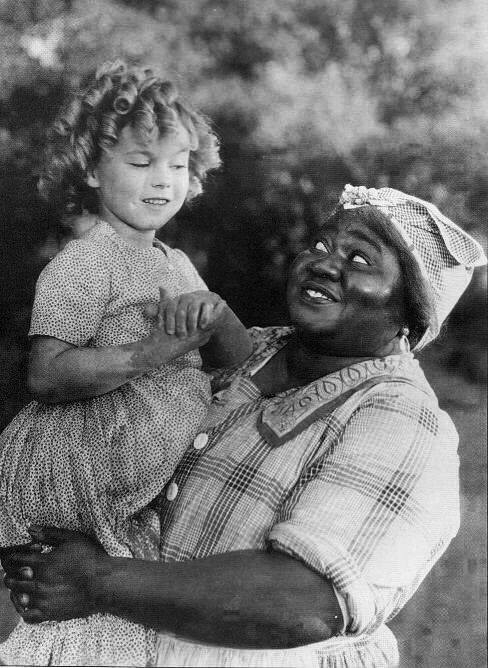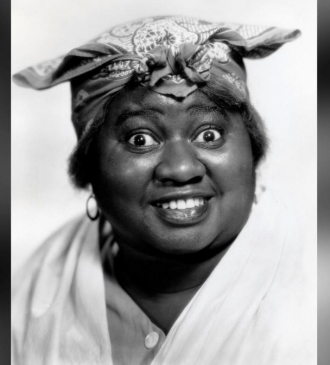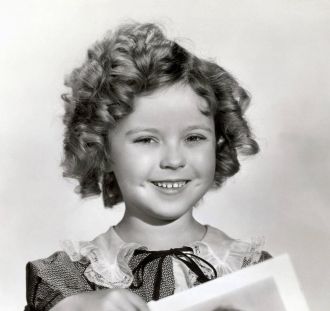Hattie McDaniel and Shirley Temple.
A photo of Hattie McDaniel with Shirley Temple
Date & Place:
Not specified or unknown.


 Amanda S. Stevenson
Amanda S. Stevenson 



